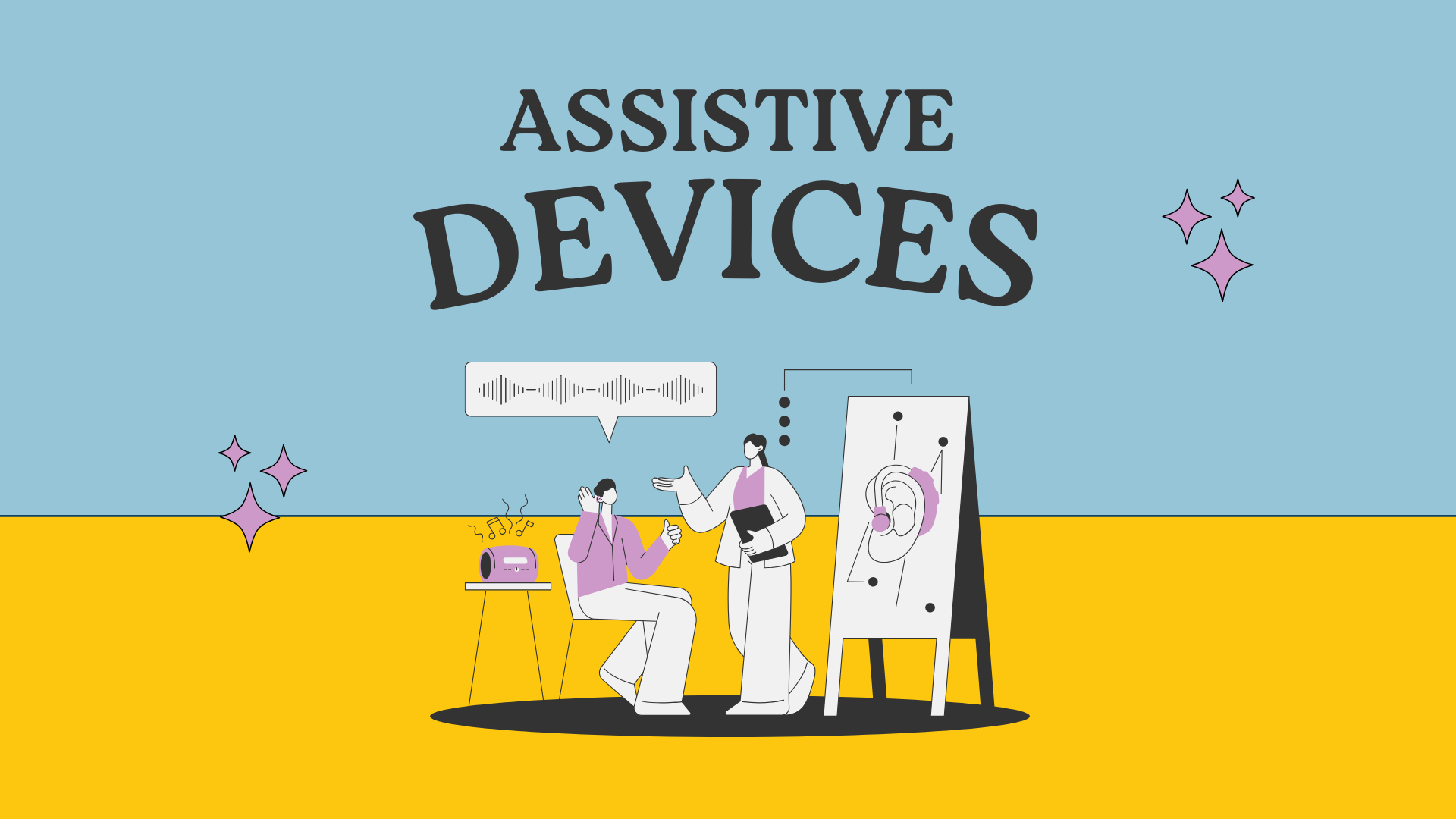In recent studies, it has been shown that over 2.5 million people are in need of one or more assistive devices. Assistive devices or assistive technology can be described as equipment, devices or software designed to increase and improve the quality of life for disabled individuals.
Types of Disabilities and Accessibility Requirements
Different disabilities require different assistive devices in order to cater to an individual’s personal needs. Ordinarily accessibility requirements are classified into four core groups, namely:
- Visual: Includes people who are blind, have low vision, or are colorblind.
- Auditory: Includes people who are deaf or hard of hearing.
- Motor: Includes people with limited motor control.
- Cognitive: Includes people with learning disabilities, attention disorders, or issues with logic and problem-solving.
Examples of Assistive Devices
There is a wide array of assisted technology available today owing to an increased access to information technology. Examples include:
- Mobility Aids: Such as wheelchairs, cranes, crutches, walkers, and mobility scooters.
- Hearing Aids: Sound amplifying devices for people with hearing loss.
- Screen Readers: Software tools that convert digital text to speech for blind and visually impaired users.
- Switch Devices: Used to control smartphones, computers, and electric wheelchairs by people with motor impairments.
- Daily Living Aids: Products like zipper pulls, automatic soap dispensers, and adapted kitchen utensils.
- Non-Tech Items: Such as highlighters, organizers, post-it notes, magnifying bars, and weighted pencils.
- Low-Tech Instruments: Like talking calculators, word processors, and buzzers.
- Vehicular Modifications: Such as ramps, lifts, raised roofs, and adaptive seatbelts.
Importance of Assistive Technology
Assistive technology plays a very important role in improving the quality of life for individuals with disabilities. It enables them to stay connected and interact with others while increasing independence and decreasing the need for support.
Global Cooperation on Assistive Technology
The World Health Organization is currently coordinating with the Global Cooperation on Assistive Technology whose vision is “A world where assistive technology is universally accessible to everyone, everywhere.” This partnership aims to increase accessibility to assistive devices globally while maintaining their quality and offering them at a more affordable pricing to the users.
Wrapping Up
As we progress into an era defined by technological advancements, it’s imperative to ensure that these developments cater to everyone, creating an inclusive environment. Assistive devices are more than just tools; they’re a testament to human ingenuity, compassion, and the relentless spirit of inclusivity.

 Confronting Internalized Ableism
Confronting Internalized Ableism